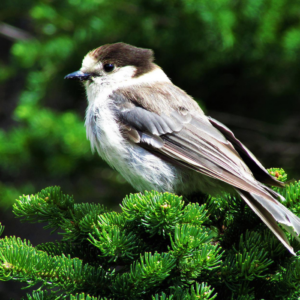Insects victims of biodiversity loss
Iconic insect species are on the decline and biodiversity loss may be the culprit. Two reports earlier this month link lower populations of familiar insects to the changing natural landscape.
As reported by BBC News:
The decline of honeybees seen in many countries may be caused by reduced plant diversity, research suggests.
 Commonly known in North America as colony collapse disorder, entire colonies of bees have been dying en masse in recent years. Scientists have found that bees are healthier when they are able to ingest pollen from several species of plants rather than just a single type. The prevalence of monoculture farming and the practice of moving bee hives around to pollinate cash crops have reduced the variety of the bees’ diets.
Commonly known in North America as colony collapse disorder, entire colonies of bees have been dying en masse in recent years. Scientists have found that bees are healthier when they are able to ingest pollen from several species of plants rather than just a single type. The prevalence of monoculture farming and the practice of moving bee hives around to pollinate cash crops have reduced the variety of the bees’ diets.
Similarly, monarch butterfly populations have been declining over the past decade. Habitat along the butterflies’ migratory route is disappearing as fields are converted for soybean and corn production. These genetically modified crops require more pesticides that kill the milkweed plants larvae depend on. Urban development also reduces the amount of habitat available to monarchs throughout their lifecycle (as reported in The Globe and Mail).
What can we do?
- Recognize insects as an important environmental link! Insects pollinate the flowers, fruits and vegetables we enjoy and are essential in our food production.
- Create insect-friendly habitats. Start by planting native species in your yard and skip the pesticides to create spaces where insects can thrive.
Photo by Rhonda Sutherland



